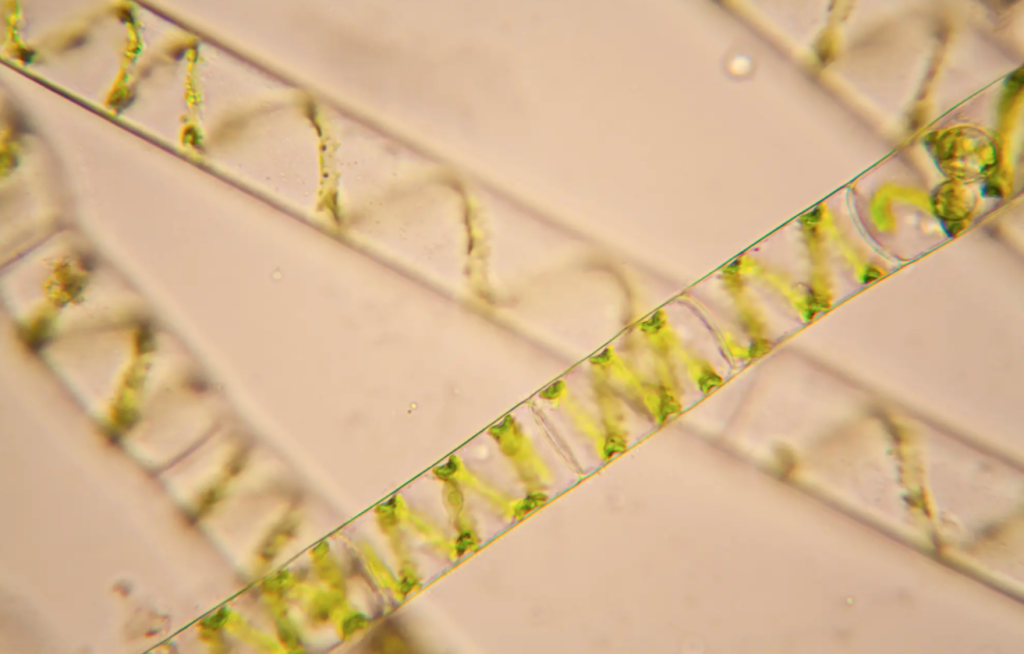Biological solar cells make way for the Internet of things
(Sustainabilityenvironment.com) – Photosynthesis could be the new source of energy for the world of the Internet of Things (IoT). The merit of the research of the University of Cambridge that is trying to accelerate the green revolution of the world of electronics. Here, in fact, a group of scientists has created special biological solar cells that can power a microprocessor for over a year, using only light and water.
The system, described in the journal Energy & Environmental Science, is based on the capacity of Synechocystis, freshwater cyanobacteria with photosynthetic activity. That is, able to convert sunlight into chemical energy.
From these microorganisms, the Cambridge team has developed a bio-photovoltaic system for energy collection. The device, as large as a AA stack, is made of common, inexpensive and widely recyclable materials. It consists of a small container with water, cyanobacteria and an aluminum anode that collects electrons generated during photosynthesis.
In the test experiment, new biological solar cells work by powering an Arm Cortex M0+, a microprocessor widely used in IoT devices. The system worked perfectly in a domestic environment and in natural light conditions. Continued to work for months.
“The growing Internet of Things needs an increasing amount of power, and we think this will have to come from systems that can generate energy, rather than simply store it like batteries,” said Professor Christopher Howe in the University of Cambridge’s Department of Biochemistry, joint senior author of the paper.
“Our photosynthetic device doesn’t run down the way a battery does because it’s continually using light as the energy source.”
And although photosynthesis needs the sun, the device can produce energy even in the dark. The researchers think that this is due to the fact that the cyanobacteria process part of their “nourishment” even in conditions of darkness thus continuing to generate an electric current.

